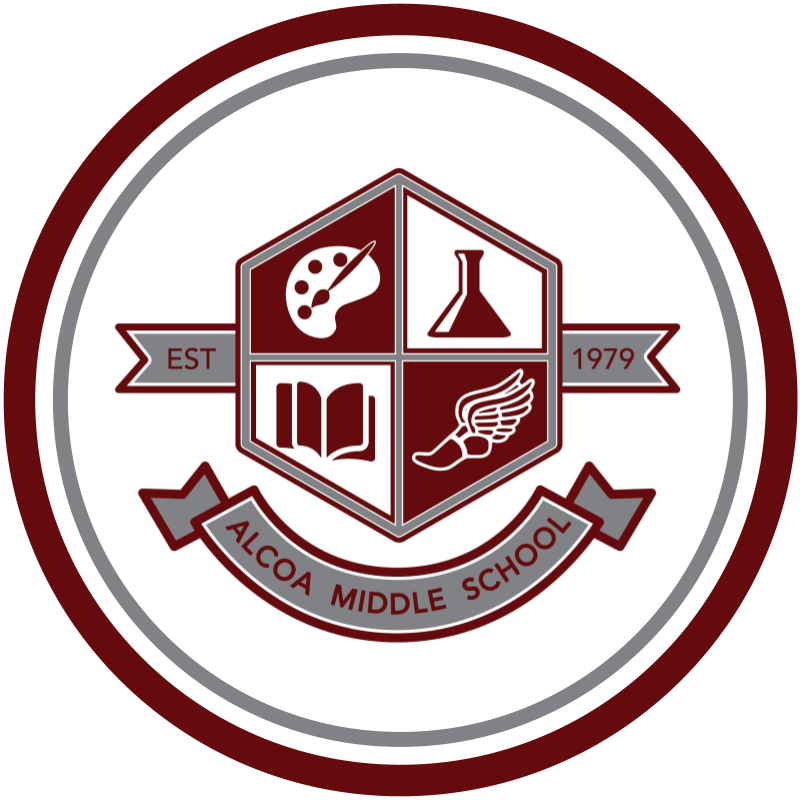Technology
Technology Expectations
-
Respectful and responsible behavior: Students should use Chromebooks in a responsible and respectful manner, avoiding any inappropriate or harmful behavior. This includes adhering to the school's acceptable use policies and following the teacher's instructions on how to use the device appropriately.
-
Proper care and maintenance: Students should take good care of their Chromebooks, keeping them in a protective case or sleeve when not in use, and ensuring they are kept clean and free of damage. Students should also be aware of battery life and charge the Chromebook regularly.
-
Safe and secure use: Students should be taught how to keep their personal information and passwords safe while using their Chromebooks. They should also be aware of online safety and security, avoiding risky websites and not downloading any harmful content.
-
Educational use: Students should use their Chromebooks primarily for educational purposes, such as researching, writing papers, creating presentations, and accessing online learning materials. They should not use them for personal activities during class time, such as gaming or social media.
-
Collaboration and communication: Students should use their Chromebooks to collaborate and communicate with their peers and teachers, such as using Google Docs for group assignments, sharing files and resources, and participating in online discussions.
-
Adherence to school policies: Students should adhere to the school's policies on Chromebook use, including any restrictions on accessing certain websites, software, or apps.
-
Responsible use of resources: Students should use their Chromebooks in a responsible and efficient manner, avoiding any unnecessary or excessive use of resources, such as bandwidth or storage.
Overall, students should be taught to use their Chromebooks as a tool for learning and to be responsible and respectful while using them.
Google Workspace & Digital Learning

- Google Drive: A cloud-based storage service that allows users to store and access files from anywhere with an internet connection.
- Google Docs: A word processing tool that allows users to create, edit and share documents online.
- Google Sheets: A spreadsheet tool that allows users to create and share spreadsheets online.
- Google Slides: A presentation tool that allows users to create and share presentations online.
- Google Classroom: A virtual learning environment that allows teachers to distribute and collect assignments, share resources, and communicate with students.
- Google Meet: A video conferencing tool that allows teachers and students to connect in real-time for virtual meetings and classes.
- Virtual classrooms: These are online classrooms that simulate the traditional classroom experience, with students and teachers interacting in real-time through video conferencing, chat, and other online tools.
- Educational apps: These are mobile applications that provide interactive learning experiences, such as quizzes, games, and simulations.
- Digital textbooks: These are textbooks that are available in digital format, often with interactive features such as video, audio, and links to additional resources.
Digital learning can offer several benefits to students and teachers, such as flexibility in scheduling, access to a wide range of educational resources, and personalized learning experiences. It can also enhance student engagement and motivation, and enable teachers to provide feedback and support more efficiently.
Skyward Information System

Skyward is a web-based student information system that provides a range of features to help educational institutions manage their administrative and academic tasks. The system is designed to streamline workflows, improve communication, and enhance the learning experience for students and teachers.
Skyward includes various modules that allow schools to manage student information, academic records, financial data, and more.
- Student Management: This module allows schools to manage student data, such as enrollment, attendance, demographics, and health records.
- Gradebook: This module allows teachers to manage their gradebooks, record assignments, track student progress, and generate reports.
- Curriculum and Instruction: This module provides tools for teachers to create and manage lesson plans, assessments, and standards-based grading.
- Special Education: This module allows schools to manage special education programs, such as Individualized Education Plans (IEPs), assessments, and accommodations.
- Business and Finance: This module allows schools to manage financial data, such as budgeting, accounting, payroll, and purchasing.
Skyward also provides various features for communication and collaboration, such as messaging, online forms, and portals for parents and students to access information and resources.
Overall, Skyward is a comprehensive student information system that provides a range of tools and features to help schools manage their administrative and academic tasks more efficiently and effectively.
Policies


